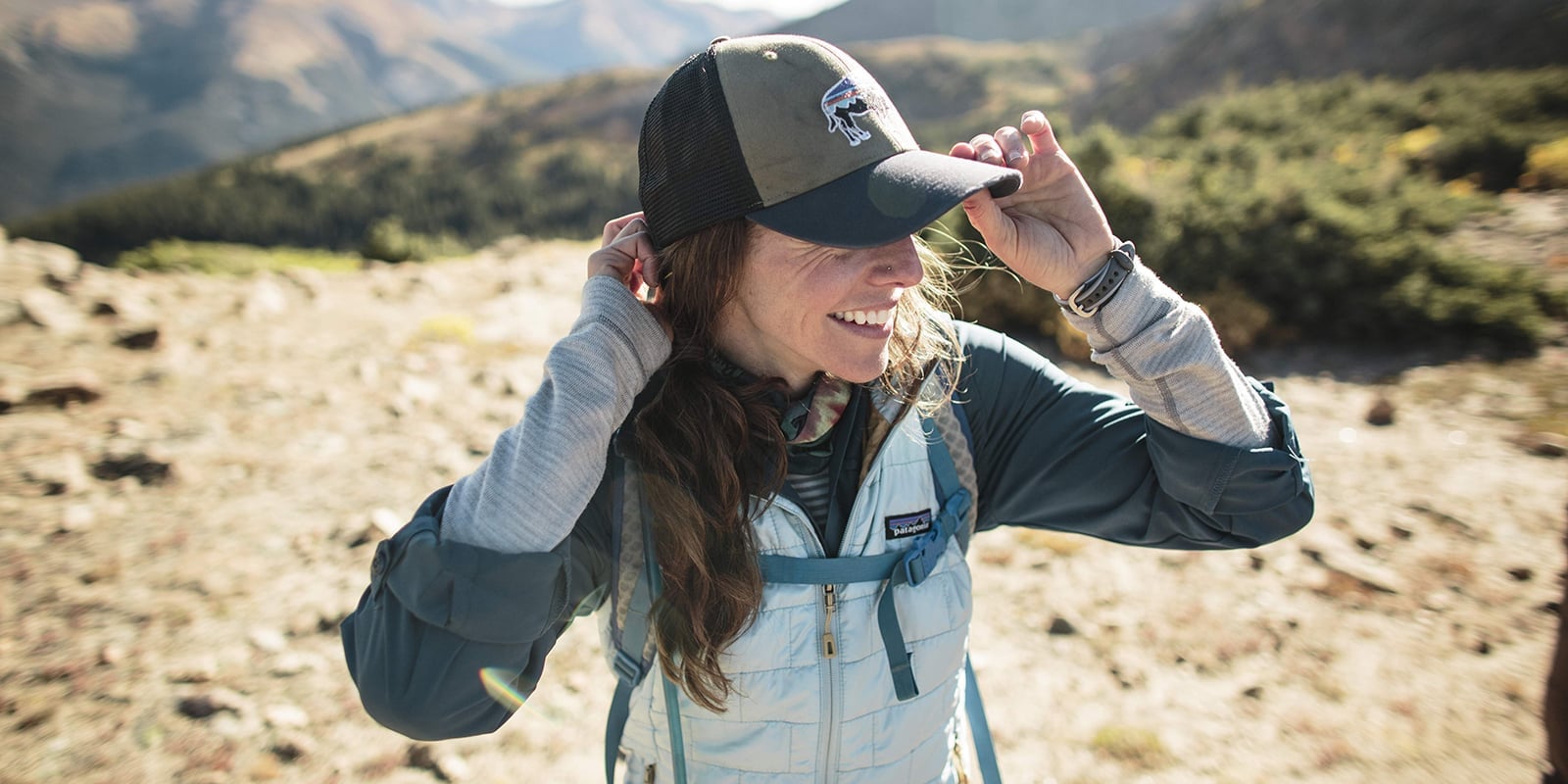In the coldest months of winter, it is common to find oneself out in the cold, only to realize that one's clothing is not warm enough to keep them warm. This can be a cause for concern, as it can make it difficult to focus on other aspects of life, and can even lead to hypothermia or frostbite. Therefore, it is important to ensure that one is adequately prepared for the clothes to wear during cold weather, whether it be for exercising in extreme temperatures or simply playing with children in the snow. In order to assist in the process of dressing for the winter, we have conducted research and consulted experts from the Centres for Disease Control and Prevention (CDC). Below, we have provided all the information necessary to ensure that individuals are adequately prepared for cold weather and stay safe.
Warm Clothing You'll Need:

source: google.com
Mitten Tips:
It may be tempting to switch mittens for a more user-friendly pair of gloves, however, REI states that mittens are typically the warmer choice. This is due to the fact that fingers produce more heat when they are not separated from one another by fabric, as is the case with gloves. Therefore, it is important to ensure that mittens are designed with down or synthetic insulation in mind, have a waterproof construction, and fit the hand correctly. A mitten that is properly fitted will have approximately one-third of an inch at the end of the outstretched fingers.
Winter Hat Tips:
When selecting the ideal hat for winter, there are a variety of styles to choose from. However, it is essential to take into account the material of the hat in order to determine which one will provide optimal warmth and dryness. According to skis.com, microfleece has the best thermal retention, and wool has the best moisture wicking.
Read Also: 10 Tips for Choosing the Right Monochrome Outfit
Here are some tips on how to layer for Cold Weather – A Winter Layering Guide:
It is possible to remain warm and enjoy outdoor activities during the winter season, provided that a few guidelines are adhered to. The primary guideline is that clothing should be layered. Having experienced the challenge of layering, we have compiled a list of layering tips to assist in preparing for clothes to wear during cold weather.
How To Choose a Base Layer:
When it comes to winter layering, the most important element is the base layer. Consider the base layer to be like a second skin, wicking sweat away from the body. The more sweat, the colder the layer if not wick away. It is essential to guarantee that the base layer is securely and comfortably fitted. Avoid cotton, as it holds moisture and can cause freezing. Natural fibers are preferred over synthetic materials such as polyester, as they both can achieve the same effect.
Best Base Layer Material for Cold Weather:
When selecting a base layer, it is important to ensure that it fits snugly and is comfortable. Cotton should be avoided as it tends to retain moisture and can freeze. Natural fibers such as Merino Wool are preferable to synthetic materials such as polyester as they both provide the same effect; however, Merino Wool has been found to be slightly more effective. We have tested a variety of base layers from the Icebreaker brand, and have found that Merino Wool is the most suitable. Our Icebreaker layers have been used to train dogs for dog sledding during a 100km trek in the Arctic watershed, as well as for snowmobiling ice skating, as well as snowshoeing.
Read Also: Kylie Jenner and her rumoured new love Timothee Chalamet passionately kiss at U.S. open in NYC
How To Choose a Mid-Layer?
The purpose of the mid-layer is to maintain warmth. Many people mistakenly believe that a bulky parka is necessary to maintain warmth. However, the key is to layer for the purpose of breathability.
Best Mid-Layer Material for Cold Weather:

source: google.com
If you're looking for something a bit more budget-friendly, fleece might be a good option. It's great when it's dry, but it doesn't do so great when it's wet. We think wool and down work best when it comes to keeping heat in, so that's what we go with. We switch between the two depending on the weather and what we're doing. We find that down can get pretty hot if we're out on a ski or snowmobile, but wool is great if we're out working out on a track. When we're working out on a snowshoe or ski, wool is our go-to. If you're looking to layer pants, we recommend wool or a fleece, but you can also pack heavier weights if it's really cold or lighter weights if it's around freezing. Wool is great because it's lightweight and keeps you warm, so it's perfect for a quick walk on a cold winter day.
How To Choose an Outer Layer?
This top-layer jacket provides protection from the elements, such as rain, wind and snow. The appropriate layers worn beneath the jacket prevent the wind from taking away the wearer's warmth.
Best Outer Layer Material for Cold Weather?
In order to ensure the effectiveness of this layering system, it is essential to select materials that are both waterproof and breathable, such as nylon or polyester. We have been utilizing GoreTex for many years, as it is both durable and highly water-resistant, while also being breathable and wind-resistant. It is important to note that all layers must be breathable in order for this layering system to be effective.









.jpg)
.jpg)

